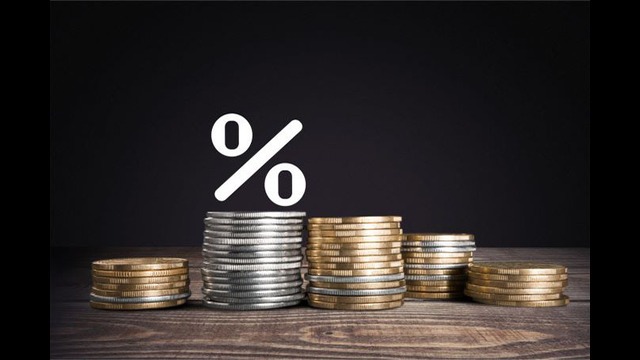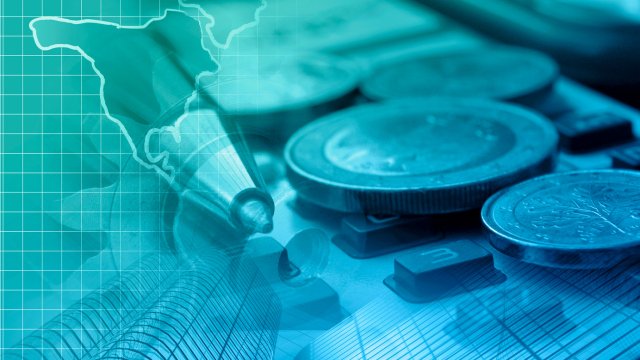The U.S Dollar edged down slightly from a 1-month high versus the Euro today but remained fortified as investors are confident that the European Central Bank will have to reduce interest rates in the Euro Zone by week’s end. According to most analysts, the ECB should reduce interest rates by 0.5% from the current 2.5% during Thursday’s meeting, in order to curb the potential protracted economic downturn in the Euro Zone.
The following Forex news reports are the latest developments of the Forex market. The news reports are updated frequently and include all the events that affect the foreign exchange trading industry.
Most Recent
The Euro lost ground against the U.S. Dollar and the Japanese Yen in early trading today, touching on one month low as investors anticipate that the ECB will cut interest rates later this week. The Euro’s extended losses also was pulled down by the possibility that Standard & Poor, the international rating agency, will downgrade Spain's top "AAA" and as such, heightened concerns about the Euro Zone’s future economic outlook.
The Japanese Yen rose today, hitting a 1-month high versus the Euro, as bad U.S. jobs data released last week intensified fears that the global recession would continue and, as such, reduce demand for higher-risk assets.
Top Forex Brokers
Today, the U.S Dollar slipped against the Japanese Yen ahead of the payroll data from the U.S., which is due out later in the day. It is expected that this data will show a significant reduction in jobs in the U.S., while the Euro fell following a mixed bag of poor economic data from the Euro Zone. U.S. job data for December is expected to fall by 550,000 jobs and also show an unemployment rate higher than previous months.
The U. S. Dollar and the Japanese Yen jumped at the expense of currencies which are yielding higher returns as declining falling shares impacted risk demand. Meanwhile, the Euro was under selling pressure because of dismal data which highlighted worries about a poor state of the economies in the Euro Zone.
The Euro was able to reverse earlier losses against the U.S. Dollar which saw across-the board-losses in Wednesday trading. The cause was generally thought to be investor concerns over the continuing deteriorating American economy, and the expectations that U.S. interest rates will remain at their lowest level in recent history.
The U.S. Dollar saw some broad gains today, touching on its highest level in more than 3 weeks versus the Japanese yen, as the rising prices of shares helped to ease risk aversion, subsequently putting the Yen under pressure to sell. According to Steve Barrow of London’s Standard Bank, because stock prices are firming somewhat, there is some “bias towards risk taking.” As a result, the Japanese Yen is seeing the most trading activity.
In very light London trading, the U.S. Dollar lost value against the Euro as well as a basket of major currencies today. Traders are actively reducing their long positions in the greenback before the end of the year, in what are the last two remaining trading days of 2008. According to a UBS currency strategist, investors don’t want to be exposed and in the wrong position as they head into a new fiscal year, so they’re actively clearing out their current positions.
The U. S. Dollar fell today, hobbled by a bleak outlook for the economy of the United States as well as the move by the U.S. Federal Reserve bank which released additional liquidity into the U.S. banking system. However, the Swiss Franc rose on geopolitical risks because of the air strikes by the Israeli warplanes on the Gaza Strip over the past three days. The Pound Sterling continued its downtrend, slipping to a record low versus the Euro and a group of currencies in early trading in London, as bleak economic data and expectations that interest rates in the United Kingdom will fall below interest rates in the Euro zone negatively impacted the Pound Sterling.
Bonuses & Promotions
Versus a basket of currencies and the Japanese Yen, the U.S. Dollar lost ground in very thin holiday trading today while investors braced themselves for economic data from the United States that is likely to add to an already grim outlook on the future of the American economy.
The U.S Dollar dropped versus the Euro and a group of currencies today as investors awaited a series of economic data from the United States, which will be released later in the day, in order to find clues on the extent of the long recession.
Despite very thin trading during this holiday week, the Euro saw some gains in early morning trading today versus the U.S. Dollar. Meanwhile, the Japanese Yen lost ground against the Euro, as investors risk aversion eased somewhat. Last week, the Euro saw significant losses against the U.S. Dollar; as a daily percentage, trading was at its lowest point in almost 2 months. All indications show that investors and analysts alike believe that the Federal Reserve rate cut was too severe.
The Euro fell across the board today, as currency traders took profits from the Euro’s surge to a 2½ month high versus the U.S. Dollar and its highest level ever against the Pound Sterling. The U.S Dollar dropped near to its lowest price in nearly 13 years versus the Japanese Yen, reversing short gains made following the interest rate reduction by Japan’s central bank, as a dismal economic situation in the United States continued to take a bite out of the U.S. currency.
The U.S. Dollar fell to its lowest price in 2½ months versus the Euro today and hovered around its weakest price versus the Japanese Yen since 1995, because investors rid themselves of the U.S. Dollar this week, as a result of the recent policy moves by the U.S. Federal Reserve.
The U.S. dollar fell today, hitting its lowest level in more than a decade versus the Japanese Yen and also falling versus the Euro, after the U.S. Federal Reserve cut interest rates sharply to the lowest possible, compared to other major economies.



